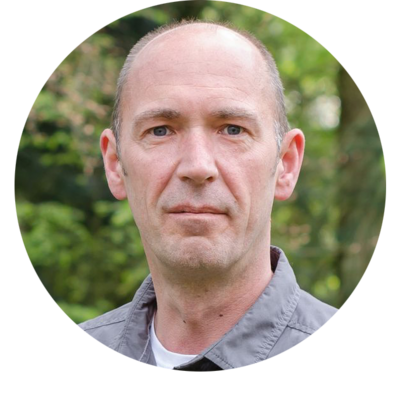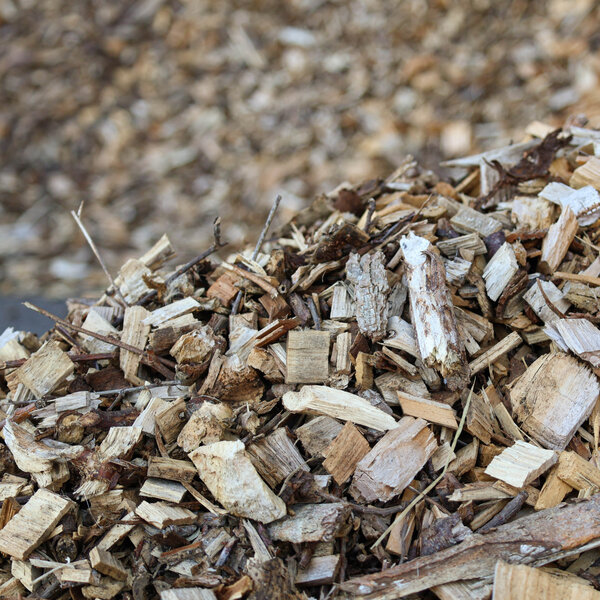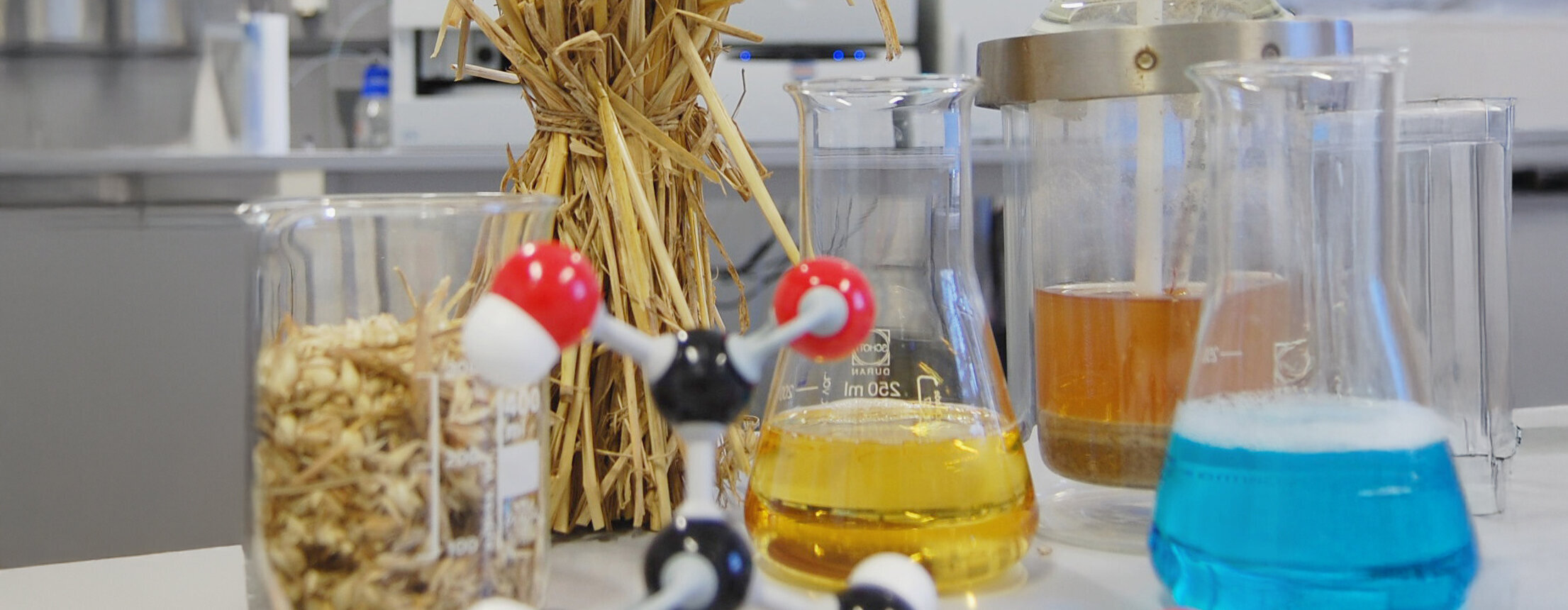A little grass here, a tonne of hedge trimmings there: until now, small quantities of certain types of biomass have not been economically viable, or only to a limited extent. What's more, they have to be transported long distances to the appropriate refineries. However, they could become valuable raw materials if they were pre-processed directly on site in a farm refinery. That's what we want to try out in Trenthorst.

"A farm refinery would open up completely new ways to finally make sensible and sustainable use of the diversity of biomass in our agricultural landscapes. This research is a real game changer. It creates the basis for resilient value chains, closes local material cycles and makes our agriculture fit for the future."
Prof. Dr. Ulf Prüße, project coordinator

The future sometimes sounds simple: a lorry drives from farm to farm. There, it collects waste materials that accumulate on agricultural holdings – straw, branches, grass clippings and the like. Inside the lorry is a small refinery. There, high-quality intermediate products are created from the waste materials directly on site. Later, they are used locally on the farms' fields, as precursors for industrial applications such as in the paper industry, or – who knows – for technologies that we do not even know about today. Small refineries can be used to establish resilient, resource-efficient and sustainable value chains and close local material cycles in agriculture and forestry. Resources that we still know far too little about today are set to become an important pillar of value creation in rural areas.
The farm refinery is still just an idea. But it is the logical consequence of the more diverse agricultural landscapes of the future. Biomass will be more varied and occur in smaller quantities. Until now, such residues have not been economically viable, or only to a limited extent. At the Trenthorst Landscape Laboratory, physical, chemical and biotechnological processing methods are being developed for these different types of biomass. The most important goal is to use processes that are as simple and flexible as possible to process the biomass so that it can then be used as completely and efficiently as possible. Part of the biomass is to be used directly on site at the farm. The other part, however, will be delivered in the form of high-quality intermediate products to more centralised facilities for further processing. On the one hand, this takes into account the provision of bio-based raw materials in line with the bioeconomy, and on the other hand, the farm refinery takes a systemic approach to the on-site utilisation of biomass components in order to close regional material cycles in agriculture and forestry.

